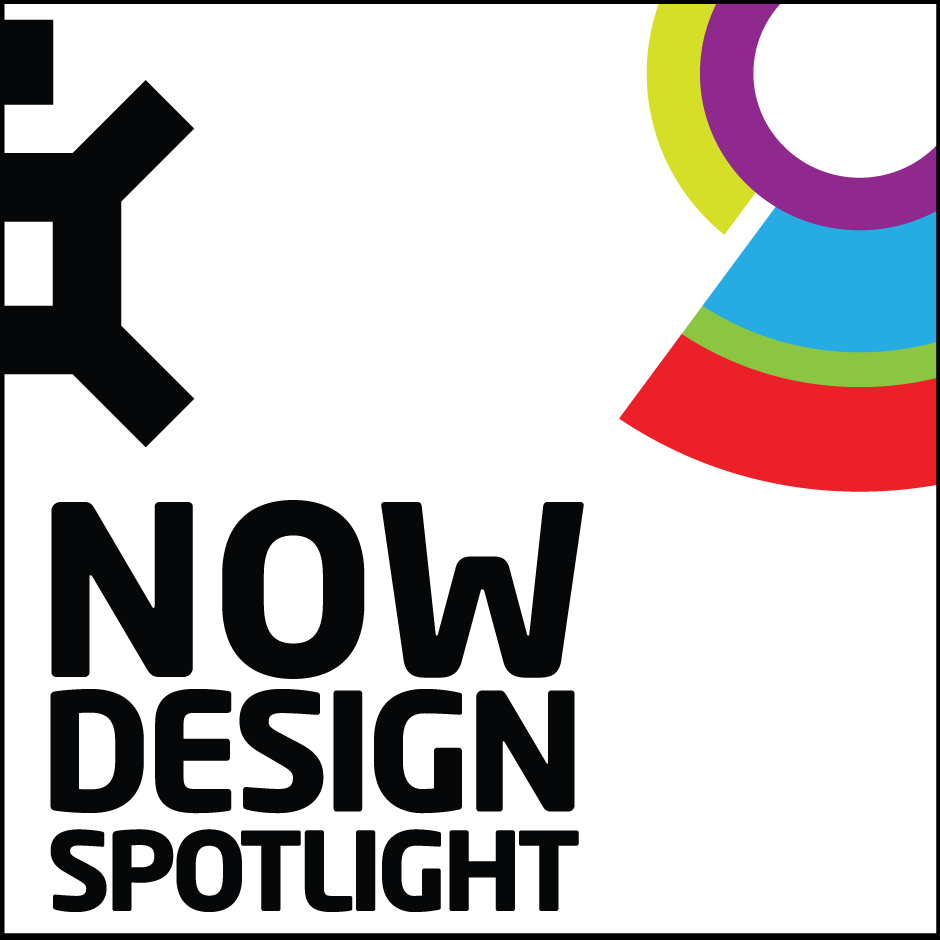









Image Credit : Lin Lv, Zhang Hanhua

Project Overview
The project is the Exhibition Center of Shenzhen-Hong Kong International Center.
Located in the eastern CBD of Longgang District, Shenzhen, China, Shimao Shenzhen-Hong Kong International Center is planned to integrate super high-rise offices, commercial complex, upscale apartments, top luxury hotels and cultural exhibitions, etc., which will support Shenzhen to attract high-end industrial resources from Hong Kong regarding technology R&D, Headquarters economy and modern service industry, etc., deepen cooperation between the two cities and help to build the eastern core of the Greater Bay Area. The main tower of the International Center will become a new landmark in the skyline of Shenzhen and even China.
The Exhibition Center, enjoys favorable landscape and urban resources. It faces the green park of Universiade Sports Center, echoes mountain landscape on the west, and is adjacent to the upcoming super high-rise main tower on the east and a central green land on the north. The Exhibition Center serves multiple purposes, including planning display, commercial marketing, art exhibitions, and cultural activities, etc. It will inject new vitality into the local urban area, and become the first “spokesman” of Shenzhen-Hong Kong International Center to the public.
Project Commissioner
Project Creator
Team
Team: Jim Lin; Jie He; JanneChen; Ling Wang
Project Context
The project design focuses on “interpreting the traditional Chinese culture and arts in a modern way”. During the day, the building presents a distinctive modern architectural form, which appears like a white box made of translucent glass. Against surrounding landscapes, it seems like floating above a reflective pool. After nightfall, however, the box is clad in a dynamic Silk Road landscape scroll painting that rises spirally up the building, perfectly showcasing the combination between traditional Chinese culture & art and modern architecture. The magnificent Silk Road landscape scroll painting on the façade is a highlight of the project, making people stop to admire its beauty. Late at night the grand and majestic building gradually returns to the tranquil and hazy environment, embracing the nature.
The architectural form reflects the core concept of “Spiral Scroll”, with a double skin of functional curtain-wall and decorative curtain-wall (the scroll part). The outer layer of the facade is a decorative glass curtain-wall, which is dotted with glazed ultra-white spots (Those spots together occupy half of the total area of the wall), while the inner layer is a medium-gray functional glass curtain-wall. The two layers of curtain walls leave a continuous 70cm-wide space in between. In this in-between space, transparent P25 LED screens were installed, with a total area of about 1,300m2. Each customized LED screen is as large as the unit component of the decorative glass curtain-wall, making the lighting and the curtain-wall system a perfect match.
Project Innovation
1. Lighting design
The building presents completely different visual impressions to people during day and night. In the daytime, it is a modern and clean glass box with an indistinct charm; while at dusk, it is breathtaking and magnificent, perfectly interpreting traditional Chinese culture and art. Then at night, the grand and majestic building gradually returns to the tranquil and hazy environment, embracing the nature. Unique and diversified lighting effects have made the Exhibition Center an Internet-famous place, which has attracted many people to visit and take photos.
2. Product selection
Taking many factors into account, the design team eventually decided to utilize transparent LED screens, which can offer multiple modes at night and are equipped with an interactive sensing system. The contents shown on the screens can be controlled and changed at different time, making them be capable of serving for advertising. In addition, those transparent screens ensure a clear view from the interior to outside while not affecting the visual impression of the architecture since they are well concealed.
Design Challenge
The first challenge was thermal insulation of the 70cm-wide space between the two layers of curtain walls on the architectural facade. Since transparent screens were installed within the in-between space and Shenzhen is hot throughout the year, thermal insulation of this space was a key issue. In order to solve this problem, the designers cooperated and communicated with professionals of multiple disciplines, consultation firms and the product supplier, and finally figured out the most reasonable and suitable solution after numerous calculations, experiments and third-party reviews.
In addition, since the outer glass curtain wall of the facade is dotted with glazed ultra-white spots and those spots together occupy half of the total area of the wall, another challenge was to make sure that the spots would not affect the visual effects of images displayed on screens. In order to solve this, the designers set a lighting template section on the site based on the actual size of the project, to carry out trials. After experimenting with various screen products and processes as well as making comparisons, they finally decided which LED screen product to choose. Moreover, they also worked to adjust the illumination angles of LED screens, so as to minimize the glazed spots' interference on screen images.
Sustainability
In accordance with the principles of sustainability, energy conservation and environmental protection, the designers were with strict with raw materials of the selected LED screen product. While meeting the requirements of lighting design, the screen product and its coating are green and reusable. Besides, the PCB plates and power supplies along with other accessories can be replaced on site in the future, which is convenient for maintenance in later period and prevents waste of resources.
Commercial - Visual
Commercial projects recognises that design is the means to create meaningful experiences for users, create value for people and drive profit for businesses.
The visual category celebrates creative and innovative design in printed, digital or environmental representations of ideas and messages. Consideration given to clarity of communication and the matching information style to audience.
More Details


